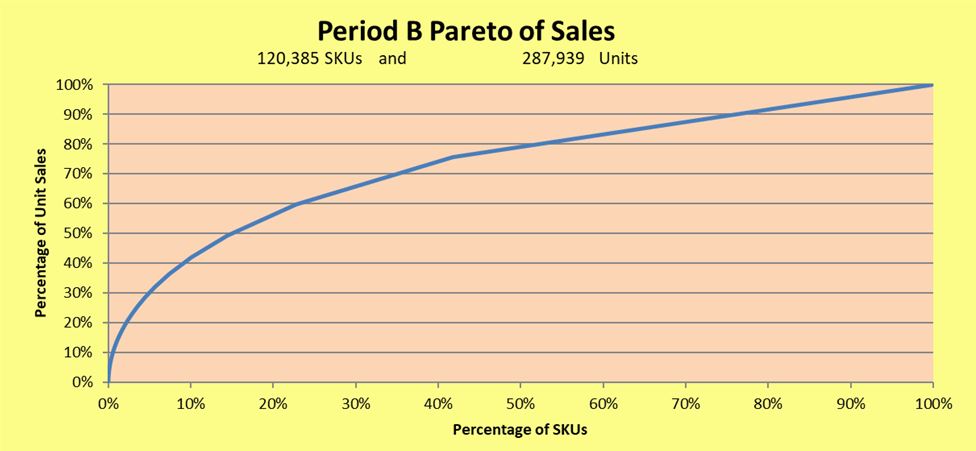
House of Fraser is a British department store group with 57 stores and 2 outlets across the United Kingdom and Ireland. It was established in Glasgow, Scotland in 1849 as Arthur and Fraser. By 1891, it was known as Fraser & Sons. The company grew steadily during the early 20th century, and after the Second World War a large number of acquisitions transformed the company into a national chain. More recently it has been owned by several Entities including the Chinese Sanpower Group and now Sports Direct.
LPC International had previously been retained by House of Fraser (HoF) on an automation Project. However, following a strategic review this project was cancelled, and instead LPC were asked if we could provide a model to assist their current DCs in receiving product and ensuring that it was correctly toted.
As the model was to incorporate a visual (graphical) view of Pareto Charts we decided to produce the model in Excel which would also allow easy use by the DC staff. In simple terms the model used two periods of sales information, a previous period (A) and the current period (B) (latest) along with the corresponding stock at the end of the periods.
The periods could be changed as required and the A and B periods alternating between previous and current periods.

The model then identified “A” movers from the current period and added “A” movers from the previous period that had dropped their status and had no current stock and therefore perhaps if there had been stock would have maintained their “A” status into the current period. All other SKUs were identified based on their current profile.
Other inputs relating to new products and “Sale” items were also fed into the mix to potentially add more “As”. The rules for receiving were identified and as product was scanned in, the model outputs were checked and the receiving bench instructed accordingly.

As the model was being developed more was asked of it such as:
- Recommend potential SKUs to re-locate From A zone to another or vice versa
- Or which SKUs to move to best fill available pick locations thus reducing pick routes
- Identify SKUs that have potentially lost sales due to stock outs
- Which SKUs are overstocked
By interrogating the Paretos and the numbers of SKUs as “As” Bs” etc. and the locations available, the trigger points could be modified so if too many “As” were identified the trigger of 20% could be reduced to 15% or as required in the same way “B” and “Cs” could be modified to fill the pick locations with the most suitable SKUs.
Outputs are recommendations for moves but our model summarises the data for a person to make an informed decision on what to move and when. For example, a SKU moving to a fast A zone that only has a few items in an existing slow-moving zone say 1 or 2 day’s stock would be allocated an A zone location for new stock but would suggest that the existing stock should be picked to zero and not moved first.

